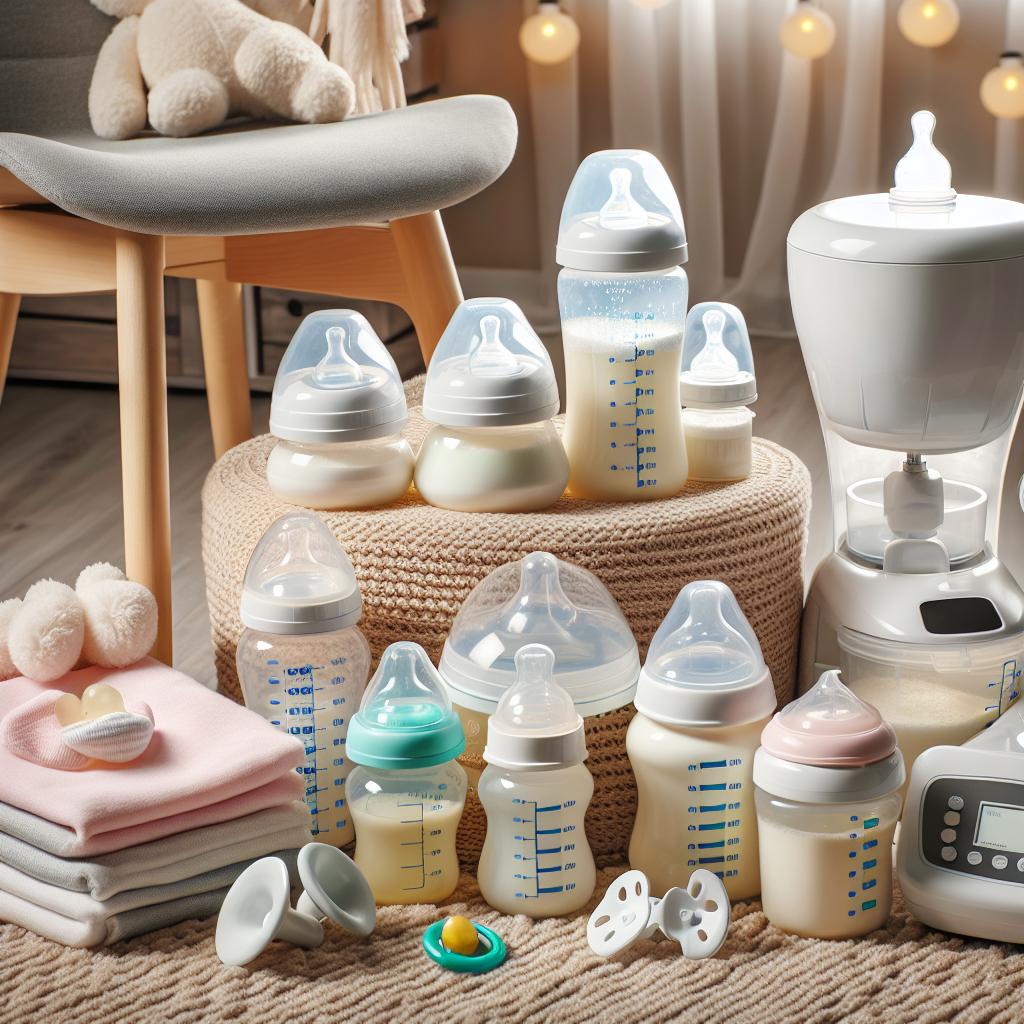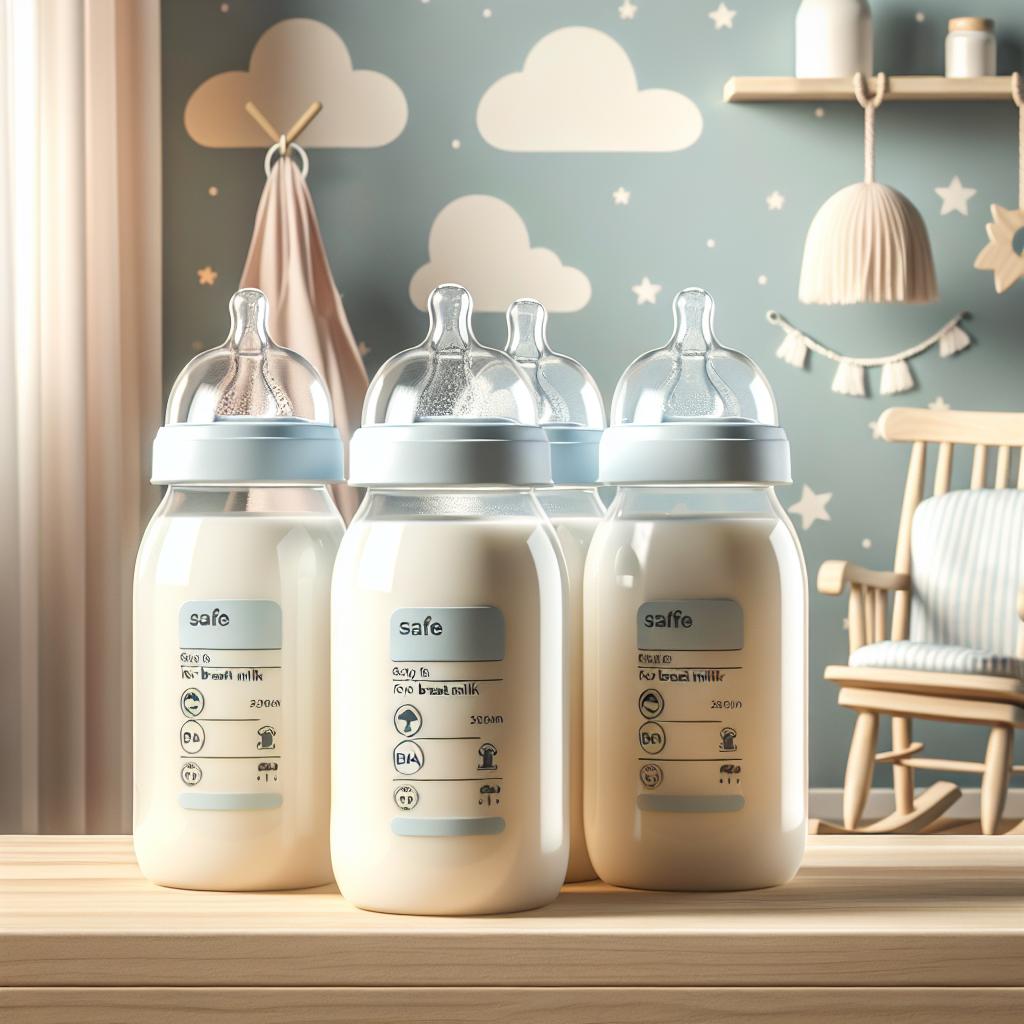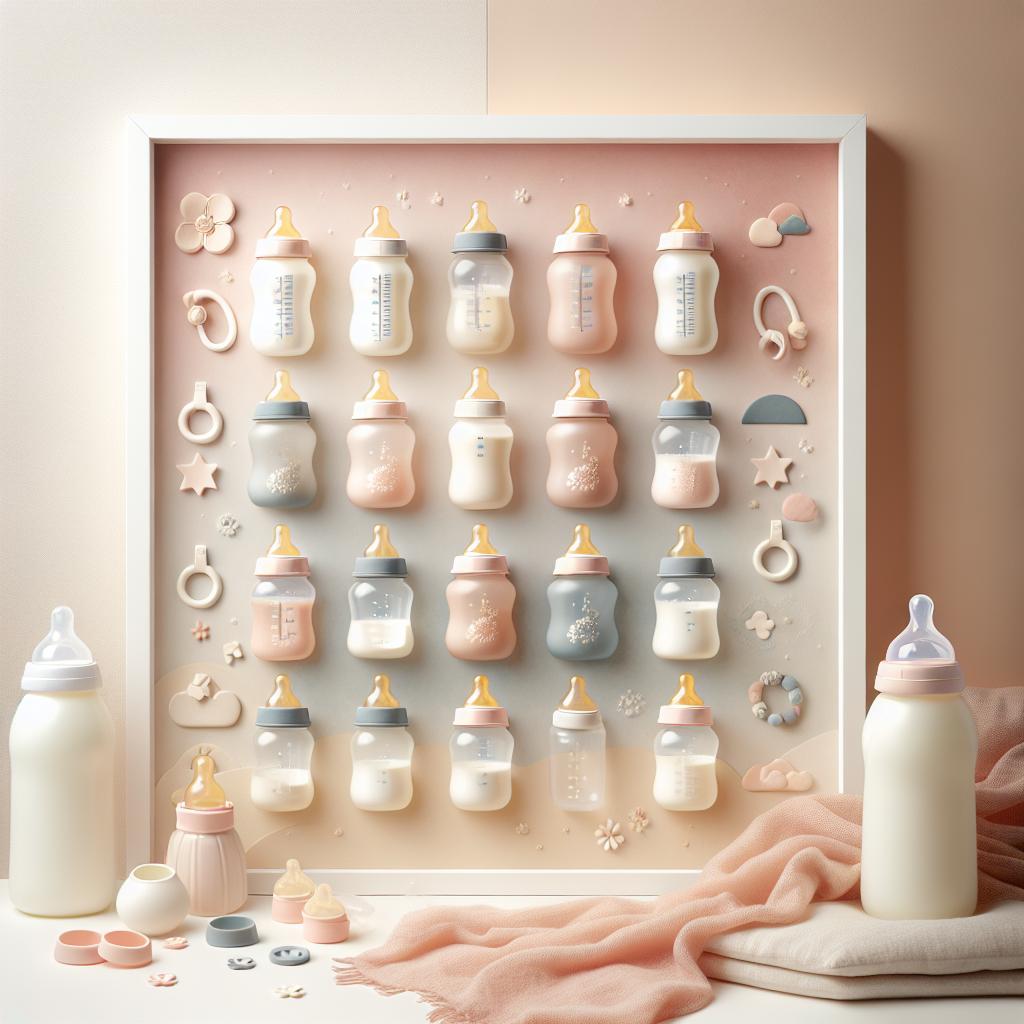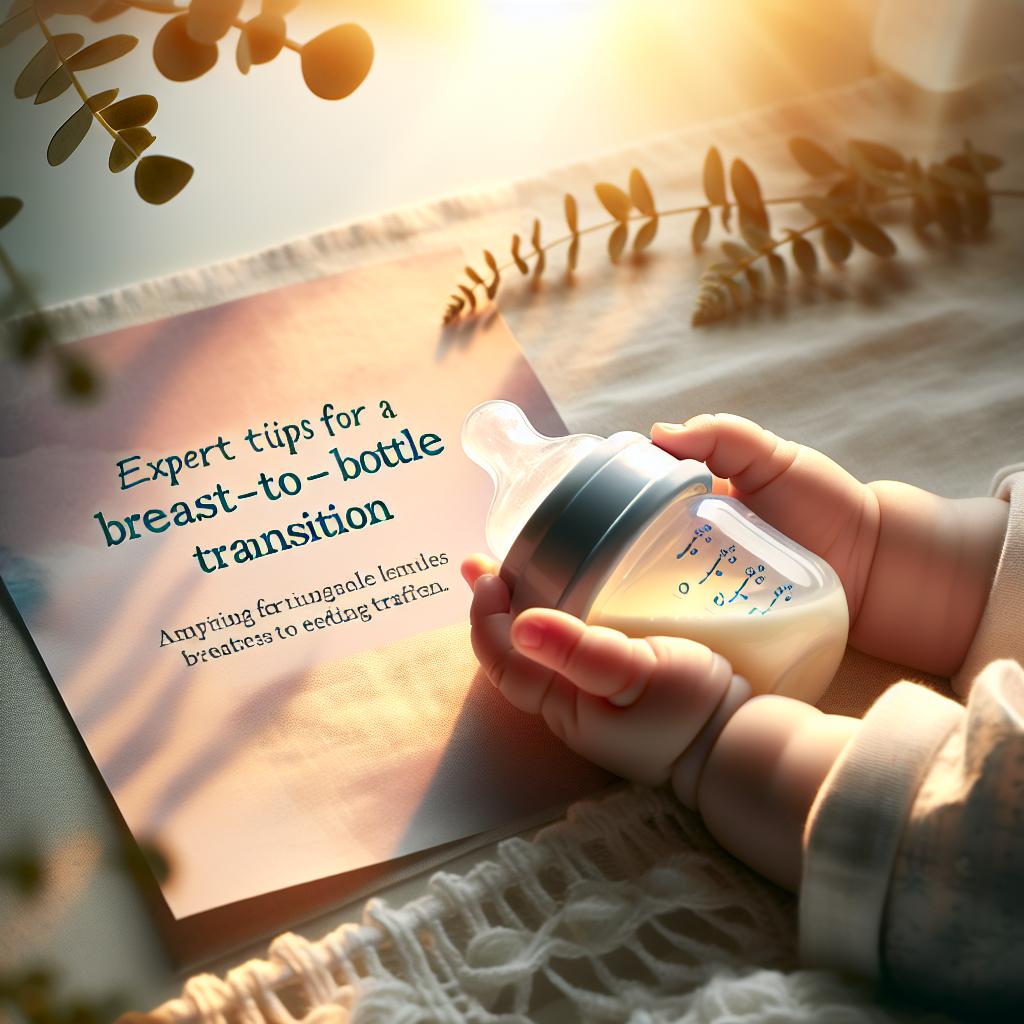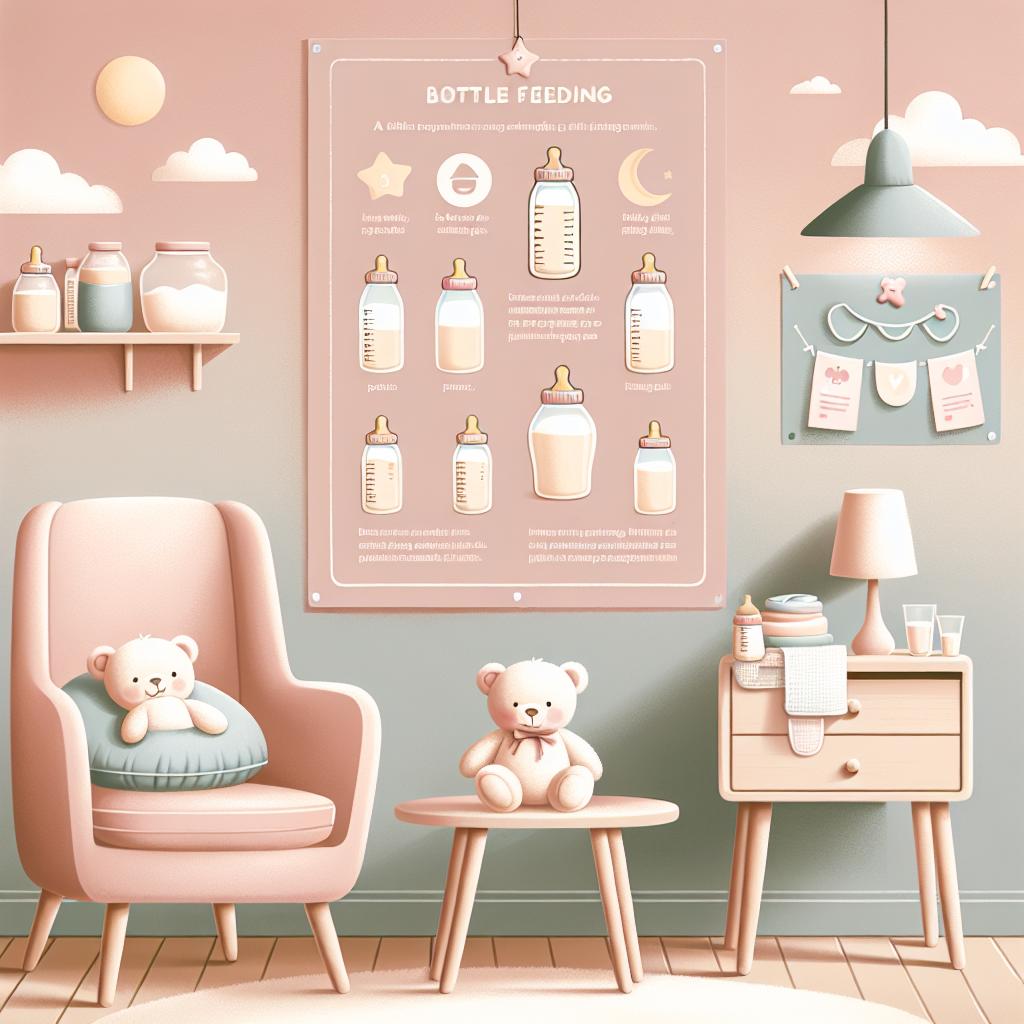Unlocking the Essentials of Bottle Feeding for Breastfed Babies
Transitioning from breastfeeding to bottle feeding can present a whirl of emotions for parents. However, equipped with the right bottle feeding essentials, the transition can be smoother, less stressful, and more enjoyable for both you and your baby.
The Easiest Bottles for Breastfed Babies
One of the major components of your feeding basics is, of course, the bottle itself. Not all baby bottles are created equal; it’s crucial to choose a bottle that closely resembles the natural breastfeeding experience. Opt for bottles designed specifically for breastfed babies, such as those offered by Biomimetic Bottles. These bottles mimic the shape, texture, and flow of a mother’s breast, making the transition easier for your little one.
Must-Have Bottle Accessories
Apart from the bottle, there are other essential accessories that can facilitate bottle feeding. Here are a few must-haves:
- Bottle Brush: Keeping bottles clean is a top priority. Choose a brush with strong bristles and a tip that can reach the bottle’s bottom for thorough cleaning.
- Formula Dispenser: A dispenser can help ensure the exact amount of formula for feeding, eliminating guesswork.
- Bottle Warmer: A bottle warmer can make feeding time more comfortable for your baby by heating milk to the perfect temperature every time.
Milk Drunk has an excellent selection of top-quality bottle feeding accessories you might want to explore.
Safe Bottles for Storing Breast Milk
If you’re pumping and storing breast milk for later use, you’ll need safe and efficient breast milk storage bottles. Always look for bottles, like those from Biomimetic Bottles, specifically designed for storing breast milk. These bottles are typically made from BPA-free materials and come with secure lids to prevent leaks.
Understanding and Managing Bottle Rejection
Even with the right bottle and accessories, your baby may still show signs of bottle rejection. But don’t worry, you’re not alone, and there are effective calming techniques to help ease this phase. From alternating between breastfeeding and bottle feeding to letting someone else introduce the bottle, experimenting with various strategies can help.
Including your partner or another family member in bottle feeding is not only a wonderful bonding experience for them and your baby, but it also gives you a well-deserved break. You’ll find more helpful information about managing bottle feeding in this comprehensive NHS guide.
Meeting Nutritional Needs with Bottle Feeding
Whether you’re using formula milk, expressed breast milk, or a combination of both, it’s essential to ensure that your baby’s nutritional needs are met. The CDC’s resources on infant nutrition provide valuable insights and advice on this topic.
Remember, it’s not about rigidly adhering to breastfeeding or bottle feeding, but more about figuring out what works best for both you and your baby. With the right approach and essential tools, bottle feeding can be a joyful journey towards nourishing your baby.
Choosing The Right Formula
For parents who are switching to formula or introducing it as a supplement to breast milk, choosing the formula can be a daunting task. All formulas sold in the U.S are heavily regulated and must meet certain nutritional standards. Nevertheless, different brands offer unique attributes, such as added probiotics or different types of proteins. A pediatrician can help guide this decision based on your baby’s needs. The American Academy of Pediatrics provides a helpful guide on understanding the basics of bottle feeding.
Cleaning and Sterilizing Bottles
For new parents, maintaining a hygienic feeding routine is paramount. Strict sterilization is necessary for newborns under three months, preterm infants, and babies with weak immunity. Bottles can be sterilized with boiling water, a steam sterilizer, or a sterilizing machine. After the baby crosses the three-month mark, thorough cleaning and air drying can suffice. WebMD provides comprehensive details on bottle cleaning and sterilization protocols that new parents will find invaluable.
Dos and Don’ts of Bottle Feeding
Just as with breastfeeding, there are also ‘dos and don’ts’ to consider when bottle-feeding. They are:
- Do Test The Milk: Always test the milk formula’s temperature to ensure it isn’t too hot for your little one.
- Don’t Reuse Leftover Milk: Never reuse leftover milk from a feeding bottle. It can breed bacteria and can lead to foodborne illnesses.
- Do Burp Your Baby: Don’t forget to burp your baby in the middle and after feedings to help them get rid of the air they’ve swallowed.
- Don’t Force Feeding: Respect your baby’s hunger and fullness cues and never force them to finish a bottle.
Consult the full guide on bottle-feeding dos and don’ts at KidsHealth.org.
Overcoming Common Bottle-Feeding Challenges
Parents can encounter a few challenges when transitioning their baby from breastfeeding to bottle-feeding. Common issues include bottle refusal, nipple confusion, and determining the right feeding schedule. Fortunately, there are many strategies to address these challenges. The City of Chicago’s official website offers a wealth of practical tips to overcome feeding challenges that can be implemented to ease the transition.
Bonding and Mental Health
Breastfeeding is not just about nourishment. It is also an important bonding time for mothers and babies. However, this does not mean bottle-feeding parents cannot bond with their babies in the same way. Bottle feeding can be just as intimate, and it allows both parents to share this beautiful moment. Just hold your baby close, maintain skin-to-skin contact, and look into their eyes while feeding. The mental health of parents is also crucial during this transition and beyond, so remember to set some time aside for self-care.
Bottle-feeding your baby need not be a daunting task. With the right guidance and support, you can create a nourishing and emotional bonding experience for both you and your baby.
